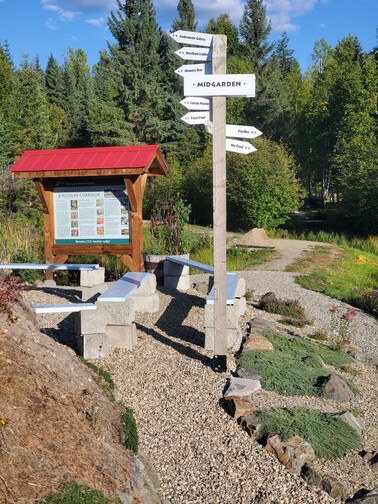Never doubt that a small group of thoughtful, committed citizens can change the world; indeed, it’s the only thing that ever has —Margaret Mead
sually known as [sc]TLC[/sc], The Land Conservancy is a non-profit, charitable Land Trust working throughout British Columbia. TLC protects important habitat for plants, animals and natural communities as well as properties with historical, cultural, scientific, scenic or compatible recreational value.
Since 2011, the goals and objectives of TLC and Edgewood Blue have overlapped to some extent, as we work together to ensure the long-term viability of traditional wildlife corridors that link two southern lobes of Wells Gray Park across privately held land. This initiative is called by [sc]TLC[/sc] the Clearwater Wetlands and Wildlife Corridor project, while locally it is known simply as Safe Crossing.
Safe Crossing arises from the fact that southern Wells Gray Provincial Park divides for historic reasons into two southward lobes or arms. As shown on the map, the eastern arm begins a short distance east of the Clearwater Valley Road and thence stretches to the subalpine. Meanwhile, the western arm begins a short distance to the west of the Road and encompasses Green Mountain, a low ridge called Green Mountain which runs down the centre of the Clearwater Valley In between these two southern arms of the park stretches a narrow north-south strip of privately held land centred on the park road itself.
Now there are many species of large mammals in southern Wells Gray – moose, deer, wolf, coyote, mountain lion, lynx, grizzly, black bear among them – who summer in the highlands of the eastern arm and then, as snows deepen, retreat westward to their low-elevation winter ranges. Twice each year these animals migrate across this valley following migratory corridors their forebears have used for thousands of years. Some species keep to the ridges, while others prefer to use the drainages.
Nowadays these animals must perform these semi-annual migrations by “trespassing” across the private properties that divide the valley east and west. They have no means of moving between their summer and winter ranges.
For now the Clearwater Valley remains sparsely settled, and conflicts between wildlife and property owners are few. Nonetheless a number of traditional wildlife crossings have already been alienated by development. It is only a matter of time before further development begins to pit the rights of private landowners against the needs of the park’s wildlife. When that happens, it is inevitable that “problem” animals will need to be destroyed in increasing numbers. Indeed there are signs that this has begun to happen already.
The Wells Gray World Heritage Committee is now working proactively to secure a permanent wildlife corridor for Wells Gray’s wildlife before the situation deteriorates further.
You can learn more about this project at Clearwater Wetland & Wildlife Corridor.
Actually there are two ways you can support Safe Crossing. The first way is to become a member of [sc]TLC[/sc], while the second way is to please donate to the Coppin Family Endowment Fund.
Either way, the people at TLC thank you from the bottom of their left ventricle.
Next up: Wells Gray Field Station

